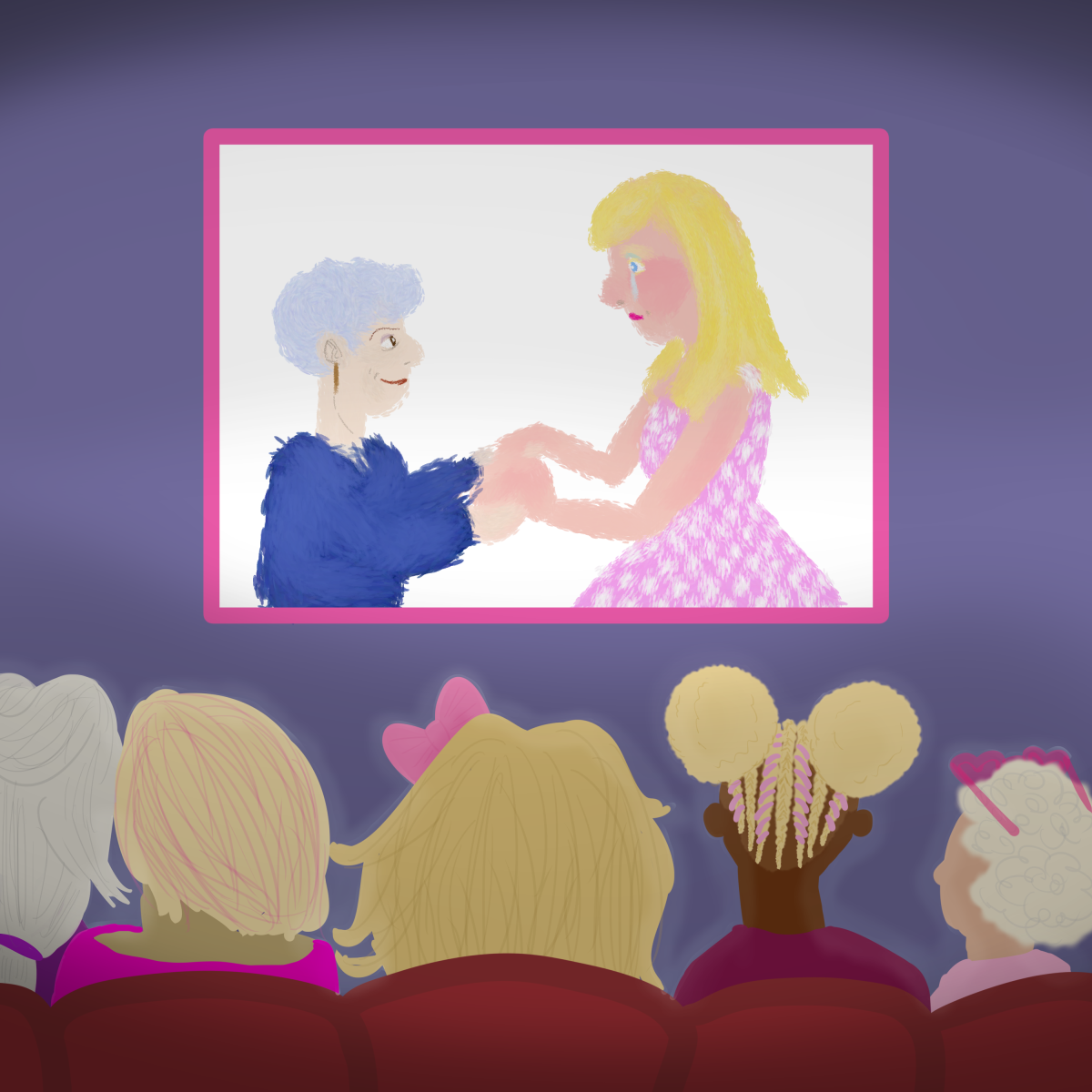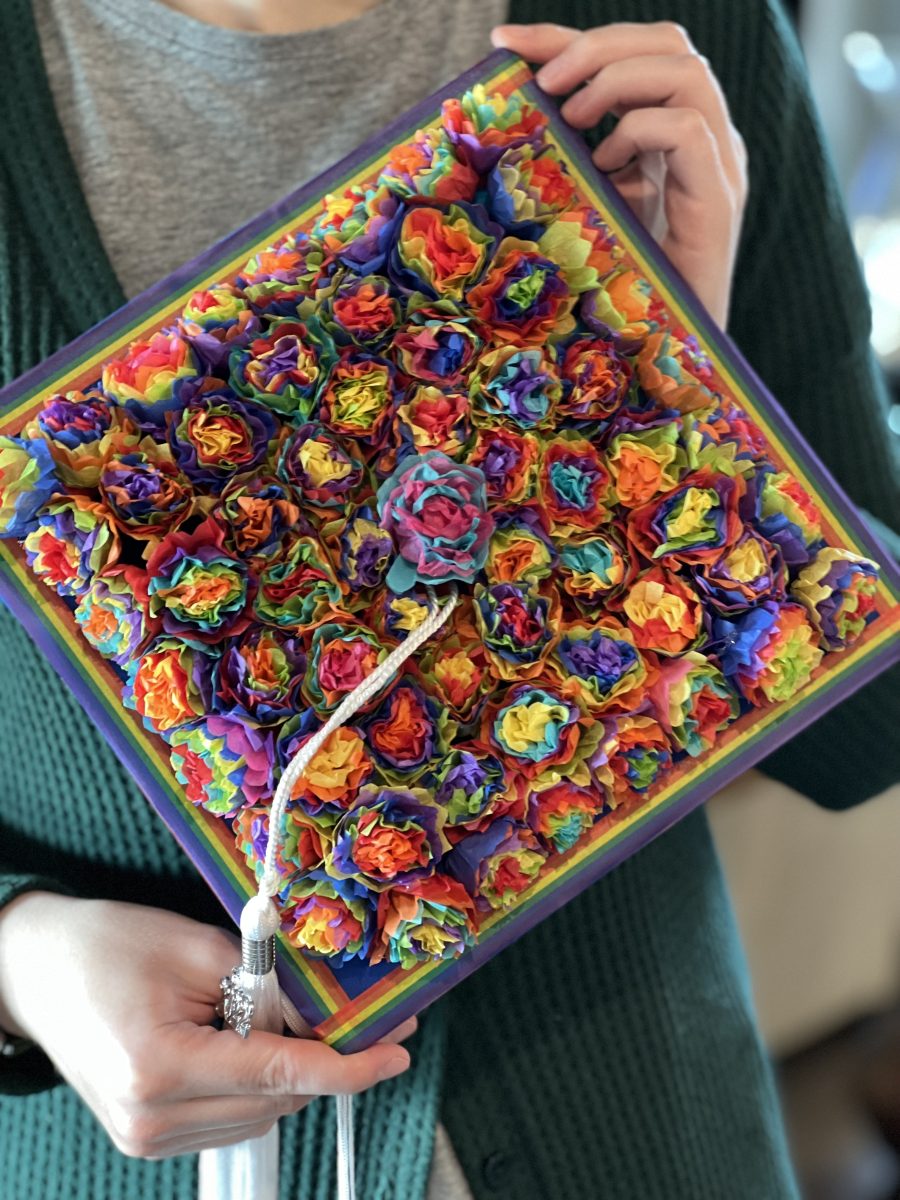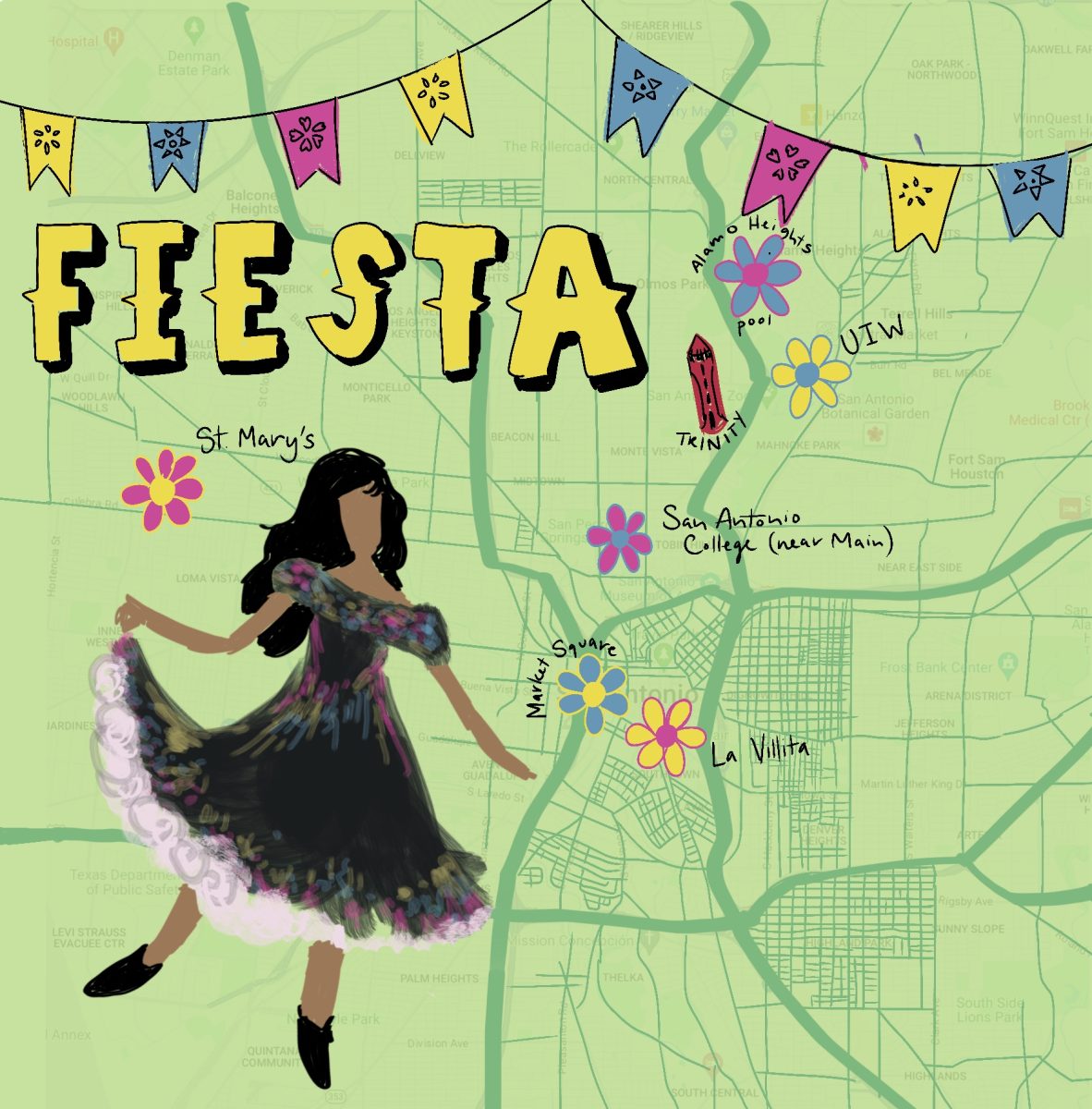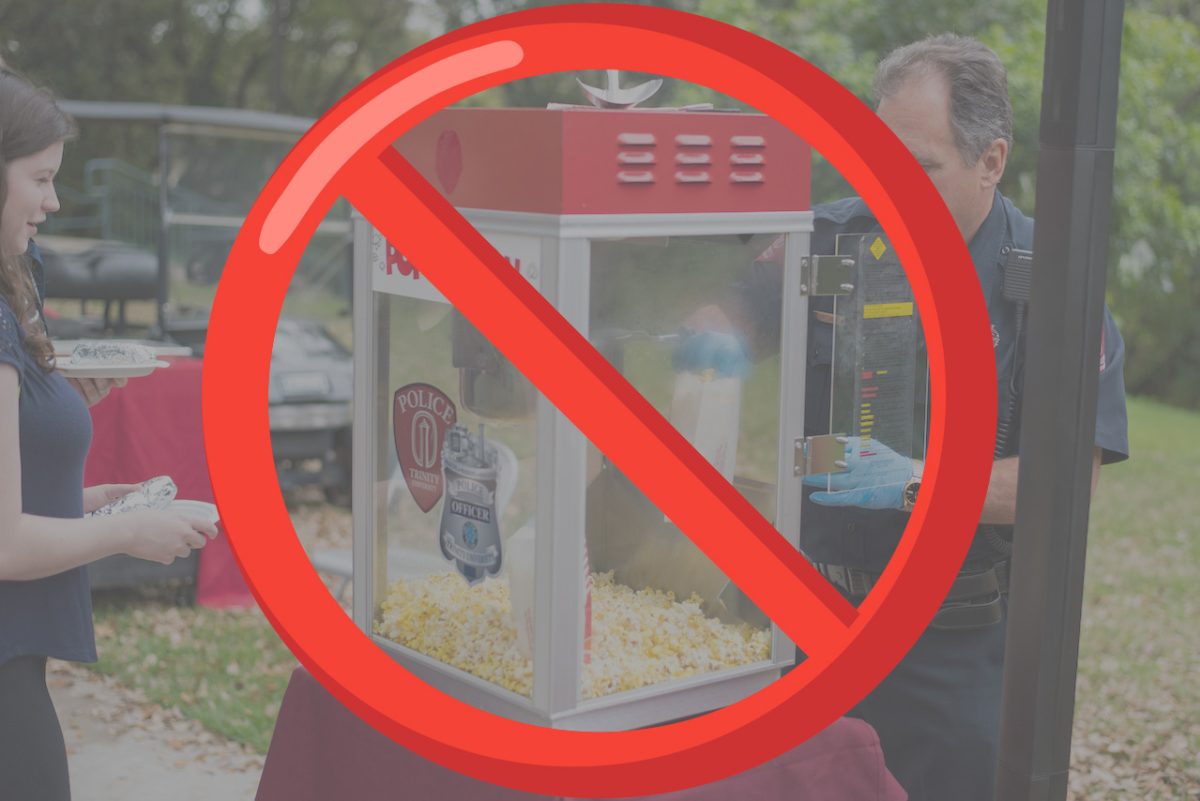Although “Barbie” displays feminist ideas, it lacks intersectionality and simplifies what it means to be a woman or person assigned female at birth (AFAB) living under patriarchy. The film sticks to a white feminist perspective and does not go further than the issues that a white, cisgender, heterosexual, able-bodied woman would face. “Barbie” does, however, make feminism more approachable to people who may not have access to feminist sources.
In “Barbie,” many different Barbies are represented. We see plus-sized, Black, Brown, Asian and disabled Barbies all living equally under a matriarchal utopia. However, “Barbie” does not explore the intersectionality of being a woman beyond these surface-level examples of representation. Despite this, the inclusion of all of these different women as Barbies, implying that they are representative of ideal womanhood, is a step in the right direction.
Margot Robbie plays Stereotypical Barbie, depicted in the film as what people imagine when they think of Barbie. The fact that the archetypal image of Barbie is a cisgender white woman who fits western beauty standards indicates how mainstream feminism has traditionally focused on white women and has excluded women of color, queer women and a milieu of other identities.
When Stereotypical Barbie goes to the real world, the sexism she experiences is influenced by her race and appearance, a very different form of sexism faced by women with different identities. Women who fall outside of the social norms represented by Stereotypical Barbie deal with interlocking systems of oppression that go beyond what most think of as sexism.
When Stereotypical Barbie enters the real world, she only experiences misogyny and the film does not show how living in a patriarchal society might affect intersectional identities that break from the normative standards women are pressured to conform to. We do see intersectional representation in Barbieland, but nothing deeper than seeing these characters on screen. We do not see how other forms of oppression affect women besides Stereotypical Barbie in the real world.
America Ferrera plays Gloria, a middle-class Latina who grew up playing with a Barbie doll and feels a special connection with the Barbie franchise. At the film’s climax, she gives a very emotional speech that touches upon the problems that women face in a patriarchal society. Gloria talks about issues that all women face without getting more specific. The issues presented align with the misogyny that a white woman would face but do not allude to the struggles a woman of color would face.
Gloria feeds into the film’s brand of white feminism. This type of feminism claims that women can do anything men can do and encourages women to essentially be men in the workforce and their daily lives. It excludes women who neither have a choice to meet that standard nor want to.
Yes, the feminist ideologies in “Barbie” simplify actual feminist issues and exclude many of the problems that women experience. However, if the way the other audience members reacted when I saw “Barbie” in theaters was any indication, I think that even this basic feminism touched a lot of people. Audience members who either did not identify as feminist or were not familiar with any kind of feminist ideology got a general idea of feminism in a basic sense.
As a feminist, I love that this is how some people get introduced to feminist ideas. I believe that as more feminists make films and other forms of media, feminism will be more accessible to people and get more people to promote all kinds of feminism in their daily lives.
















Judith Norman • Sep 1, 2023 at 9:25 am
Thank you! I had the same gut reaction to the movie but this review helps me understand better both what I admired and what I found disturbing about the movie.